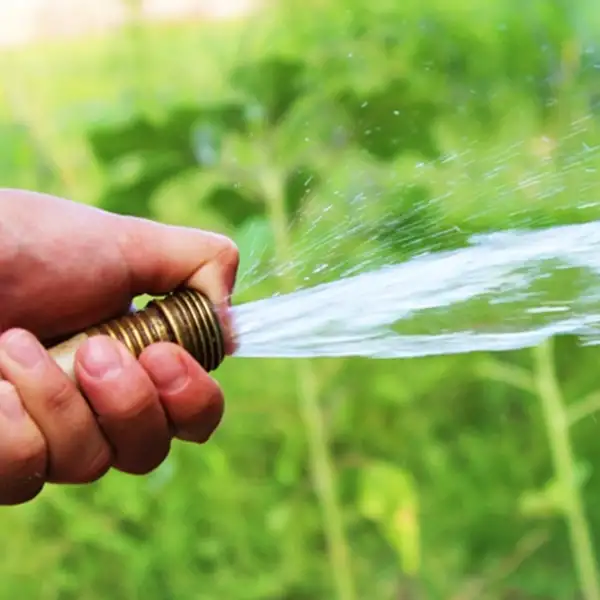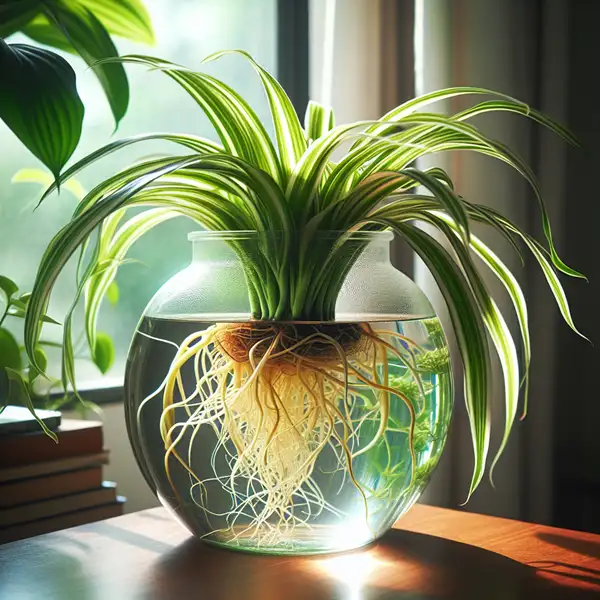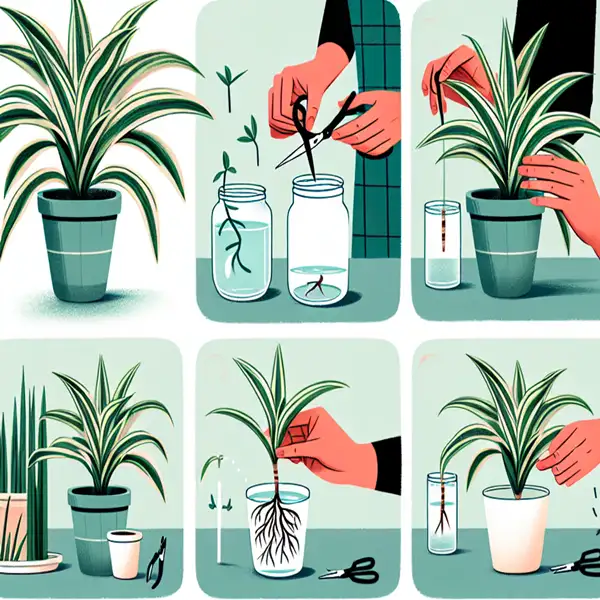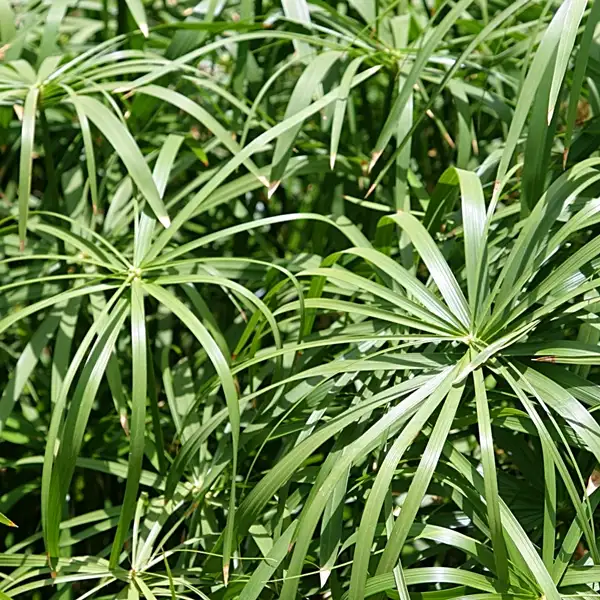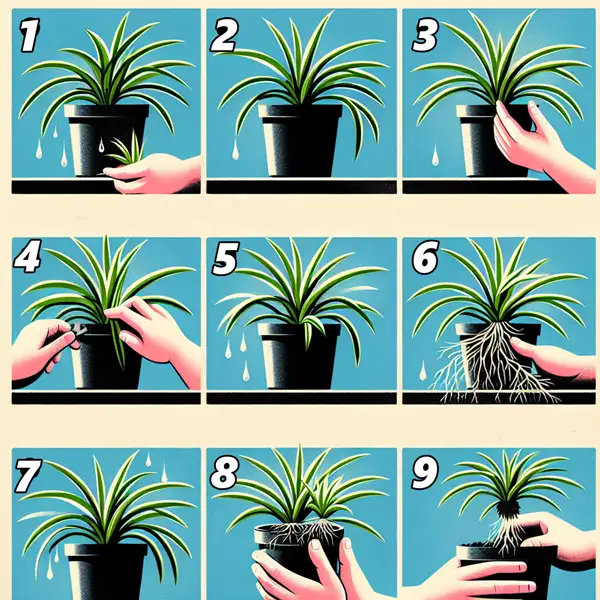Key Takeaways
| Key Takeaways |
|---|
| 🌿 Master the essential but often overlooked secret of how often to water spider plants perfectly every time. |
| 💧 Discover how climate, pot size & humidity silently dictate your plant’s thirst. |
| ⚠️ Learn the surprising warning signs of watering mistakes before they harm your plant. |
| 💡 Find out why your water choice matters more than you think for healthy foliage. |
| 🔑 Uncover expert techniques to water smarter, not harder—whether from above or below. |
| 🚫 Avoid the three common watering pitfalls that most beginners fall into. |
Basics of Spider Plant Care
Prized for their adaptability to various conditions especially limited light exposure and temperature variances—Spider Plants make splendid additions to both homes and workplaces.
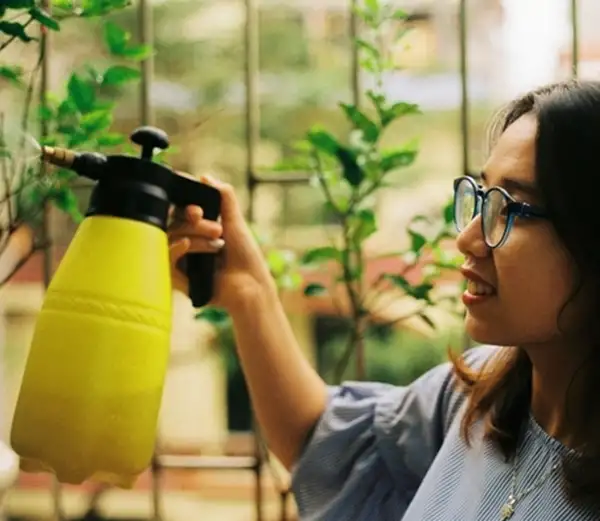
Contrary to these low-maintenance characteristics however lies the spider plant’s slightly demanding watering needs which require keen understanding for optimal growth. Over or underwatering can lead rise to numerous health problems like poor root development leading eventually towards stunted or no growth. There’s more than meets the eye when it comes to watering your Spider Plant properly.
Despite this seeming difficulty once you understand your spider plant’s water needs; maintaining its greenery becomes second nature–strengthening your bond with these little green gems.
Factors That Affect How Often to Water Spider Plants
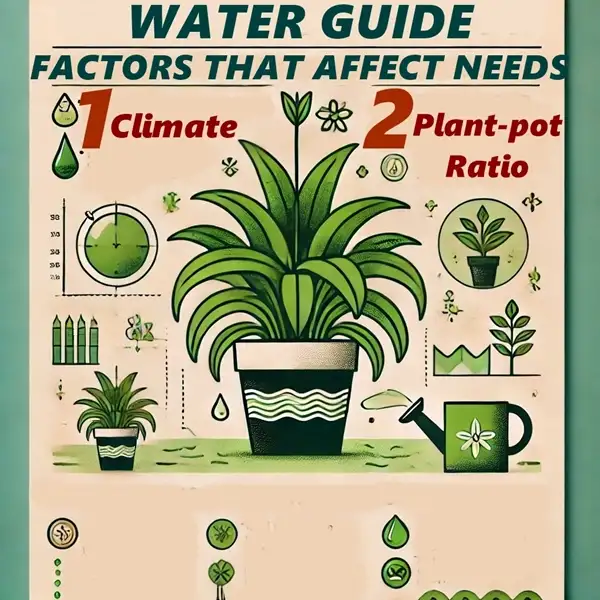
Don’t Follow the Crowd
While some broadly state that weekly watering suffices during summers whilst biweekly suffices during winters; this instruction overlooks crucial factors affecting water requirements namely heat exposure, air humidity levels along with size of the pot & potting medium used.
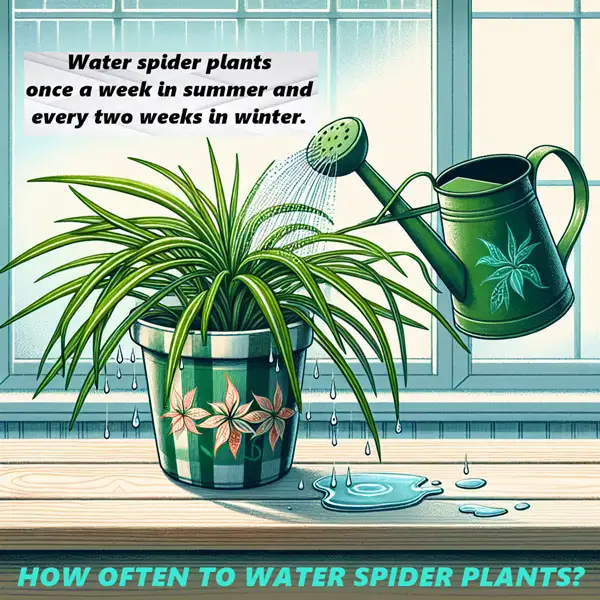
Watering in Hotter Climates
In hotter climates or high-summer heat durations when evaporation rates skyrocket, learning how often to water spider plants under these conditions becomes vital. Water needs increase proportionally requiring even daily watering in extreme conditions!
Simultaneously dehydrating heated environments are countered by the presence of high humidity levels serving as natural barriers against moisture loss thus reducing the required frequency of watering.
Plant-Pot Ratio
Equally important is the plant-pot ratio playing a pivotal role in determining actual water quantities needed – bigger pots retain more moisture compared to smaller ones, hence require less frequent irrigation while potting mixtures also directly influence retained moisture content essentially deciding how often you should be reaching out for that watering can!
Signs of Overwatering and Underwatering in Spider Plants
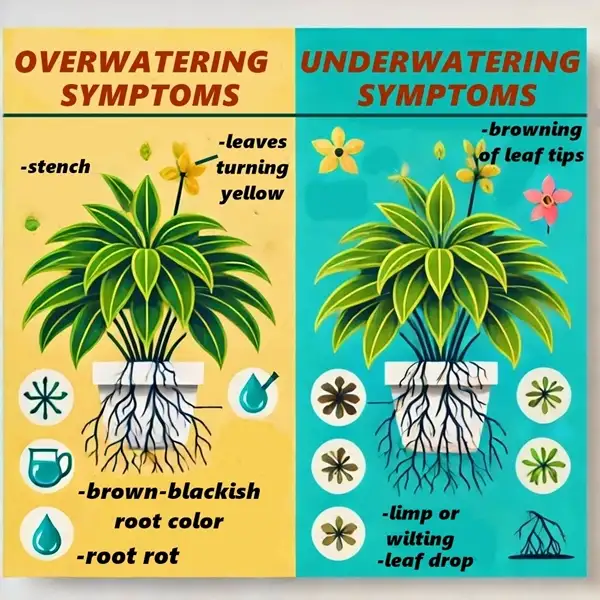
Recognizing the signs of over and underwatering indeed marks a significant leap towards optimal spider plant care.
Overwatering Symptoms
- When plants are watered excessively, the otherwise green leaves begin to yellow –an initial symptom highlighting commencement of deleterious root rot.
- Progressive stages see brown-blackish root colors or even a stench—all symptomatic of an increasingly serious problem.
Underwatering Symptoms
- On the contrary, underwatering reveals itself through browning leaf tips—especially relevant for spider plants known for their characteristically bright green foliage serving as excellent health biomarkers.
- Additionally, under-watered leaves lose their firmness becoming limp or wilting; in extreme cases triggering premature leaf drop.
By understanding how often to water spider plants, you can avoid these symptoms and ensure consistent health for your plants.
3 Ideal Water Conditions for Spider Plants
| Ideal Water Conditions for Spider Plants |
|---|
| 💧 Water Quality: Use non-chlorinated & slightly warm water. Rainwater is best for vibrant growth. 🚿 |
| 🌦️ Temperature & Humidity: Kepp moderate humidity levels (40-50%) & room temperature between 65-80°F for happy leaves. |
| 🌱 Drainage & Soil: Make sure to have a fast-draining soil (e.g., perlite-rich mix) & pots with drainage holes to prevent root rot. |
| 🚫 Avoid: Hard tap water with chlorine or fluoride—spider plants are sensitive to these & may develop brown tips. |
3 Best Techniques to Properly Water Your Spider Plant
Remain cognizant of the hysteria surrounding ‘right’ methods—what truly matters is understanding your plant’s individual needs through simple trial and error, cultivating what works best for both of you collectively!
- Decide whether to adopt bottom-watering techniques, allowing the roots to suck up the moisture needed, and preventing the accumulation of excess salts due to sprinkling hard tap water.
- Alternatively, just drench the top surface until it starts seeping through the bottom holes.
- Most importantly, always remember to check the first two inches of soil for dryness and avoid repetitive irrigation cycles to ensure you never face over- or underwatering mishaps again!
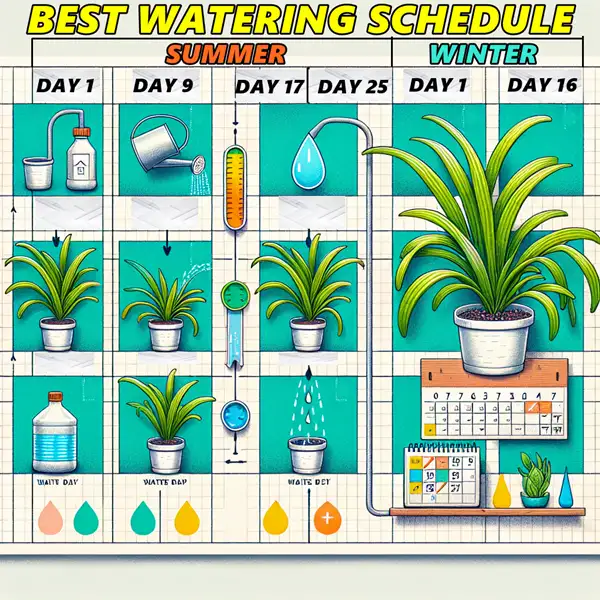
3 Critical Mistakes to Avoid When Watering Spider Plants
- A common mistake, mostly by beginners is watering on a strict schedule rather than according to the needs of the plant. Each spider plant as well as its immediate environment is unique and thus requires different care.
- Another mistake often made is not adjusting watering frequency with changing seasons or when moving plants in and out; thereby disrupting growth.
- Also forgetting to ensure proper drainage can lead to water-logged soil that suffocates roots, inhibiting their ability to absorb water and nutrients.
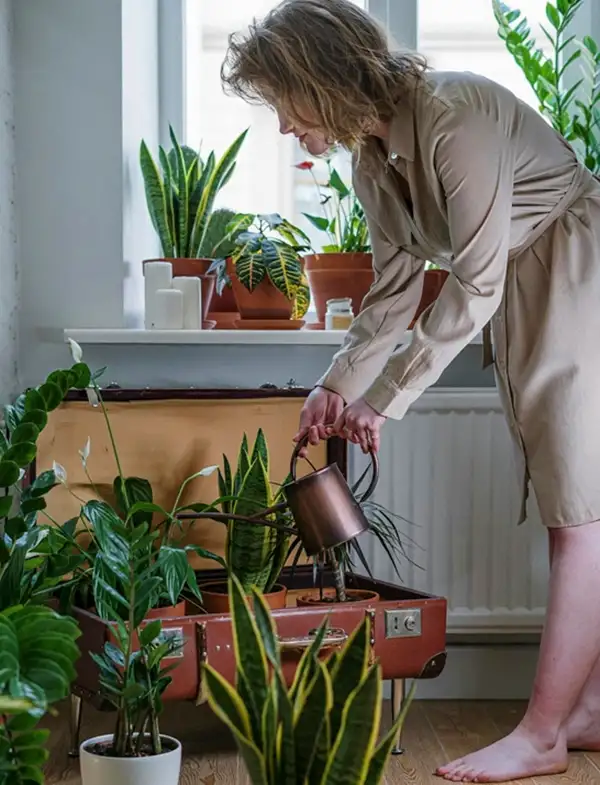
Watering Made Easy
Effective watering regimes for spider plants involve understanding your individual plant’s needs based on various factors such as pot size, heat exposure, etc. Capturing these subtle nuances results in a flourishing spider plant, rewarding you with lush greenery for years ahead!
Frequently Asked Questions
How do I know when my spider plant needs water?
Check if top two inches of soil are dry. Drooping or limp leaves signal it's time to water.
Can a spider plant go 3 weeks without water?
Not recommended. Water every 1–2 weeks, adjusting for climate. Prolonged drought causes wilting and leaf drop.
How often to water spider plants in winter?
Water every 10 to 14 days & depending on humidity. Always check soil moisture before watering.
Should I water spider plant from top or bottom?
Bottom watering is best, letting roots absorb moisture and preventing salt buildup. Top watering is fine if excess drains out.
How often to water spider plants in summer?
Water weekly, or more often in heat. High humidity reduces need for frequent watering.
How much water does a spider plant need?
Water moderately to keep soil evenly moist but not soggy.


